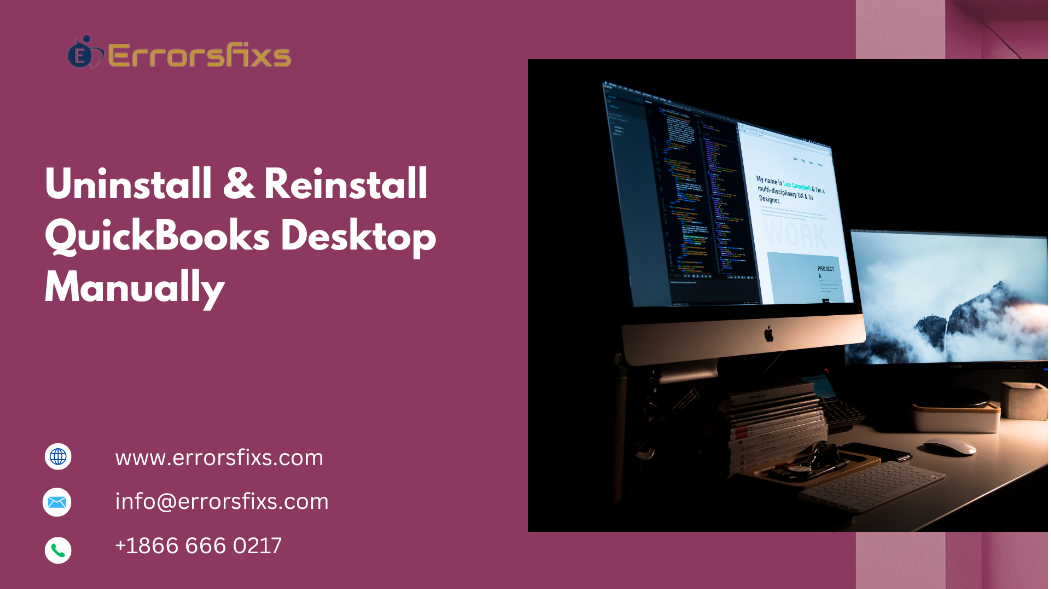
If you're experiencing issues with QuickBooks Desktop, uninstalling and reinstalling the software can often resolve various problems, such as performance issues, software errors, or corrupted files. This guide will walk you through the steps to manually uninstall and reinstall QuickBooks Desktop, ensuring that your accounting software is running smoothly again.
Step 1: Prepare for Uninstallation
Before you begin the uninstallation process, it’s essential to prepare your system. Here are some steps you should take:
Backup Your Company Files
Backup Data: Open QuickBooks and create a backup of your company files. This ensures that all your important financial data is safe.
Go to the File menu, select Back Up Company, and then choose Create Local Backup.
Follow the prompts to save your backup file to a secure location.
Deactivate License (Optional)
If you're planning to move QuickBooks to another computer or need to deactivate the license for any reason, you can do so by following these steps:
Open QuickBooks and go to the Help menu.
Select Deactivate QuickBooks and follow the prompts.
Gather Necessary Information
Make sure you have the following information handy:
Your QuickBooks license and product number.
Admin rights to your computer to perform the uninstallation.
Step 2: Uninstall QuickBooks Desktop
For Windows Users
Close QuickBooks: Ensure that QuickBooks is completely closed before proceeding.
Access Control Panel:
Click on the Start button or press the Windows key on your keyboard.
Type Control Panel and press Enter.
Programs and Features:
In the Control Panel, select Programs or Programs and Features.
Find QuickBooks Desktop in the list of installed programs.
Uninstall QuickBooks:
Right-click on QuickBooks Desktop and select Uninstall.
Follow the on-screen prompts to complete the uninstallation. This may involve confirming your choice and waiting as the software is removed from your system.
Remove Leftover Files (Optional but Recommended):
After uninstallation, some files may still remain. To remove these, open File Explorer and navigate to the following directories:
C:\Program Files\Intuit\QuickBooks [Year]C:\ProgramData\Intuit\QuickBooks [Year]C:\Users\[Your Username]\AppData\Local\Intuit\QuickBooks [Year]
Delete any remaining folders related to QuickBooks.
For Mac Users
Close QuickBooks: Make sure the application is closed.
Open Finder:
Click on Finder in the Dock.
Navigate to Applications:
Go to the Applications folder and locate QuickBooks Desktop.
Move to Trash:
Drag the QuickBooks application to the Trash or right-click and select Move to Trash.
Remove Additional Files:
Navigate to
~/Library/Preferencesand~/Library/Application Supportto find and delete any folders related to QuickBooks.
Step 3: Reinstall QuickBooks Desktop
Download QuickBooks Installer
Visit the Official QuickBooks Website:
Go to the Intuit website and navigate to the Downloads section.
Select Your Version:
Choose the version of QuickBooks Desktop you want to reinstall (ensure it matches your license).
Download the Installer:
Download the installer file to your computer. Note the location where the file is saved.
Installation Process
Locate the Installer:
Navigate to the folder where the installer was downloaded.
Run the Installer:
Double-click the installer file to start the installation process.
Follow On-Screen Instructions:
Accept the license agreement and click Next.
Choose the installation type: Express or Custom. Express is recommended for most users.
Enter License Information:
When prompted, enter your license and product number, which you noted earlier.
Select Installation Location:
Choose the folder where you want to install QuickBooks or accept the default location.
Complete the Installation:
Click Install and wait for the installation to complete. This may take several minutes.
Activate QuickBooks:
After installation, launch QuickBooks. Follow the prompts to activate the software using your license and product number.
Restore Your Company File
Open QuickBooks:
Once the installation is complete, open QuickBooks.
Restore Backup:
Go to the File menu, select Open or Restore Company, then choose Restore a backup copy.
Follow the prompts to locate your backup file and restore your data.
Step 4: Update QuickBooks
After reinstalling, it’s a good practice to ensure your QuickBooks Desktop is up to date:
Check for Updates:
Go to the Help menu and select Update QuickBooks Desktop.
Click on Update Now and follow the instructions to install the latest updates.
Step 5: Verify Your Installation
To confirm that QuickBooks has been installed correctly:
Open QuickBooks:
Launch the application and check for any errors.
Review Company Files:
Ensure your company files are accessible and data integrity is intact.
Conclusion
Uninstalling and reinstalling QuickBooks Desktop manually can resolve a variety of issues, restoring your software to optimal functionality. By following these steps carefully, you can ensure a smooth uninstallation and reinstallation process. Always remember to back up your data before making significant changes to your software environment, and keep your QuickBooks updated for the best performance and security. If you encounter persistent issues after reinstalling, consider reaching out to QuickBooks Support for further assistance.
Visit us:- https://www.errorsfixs.com/manually-reinstall-quickbooks-desktop/




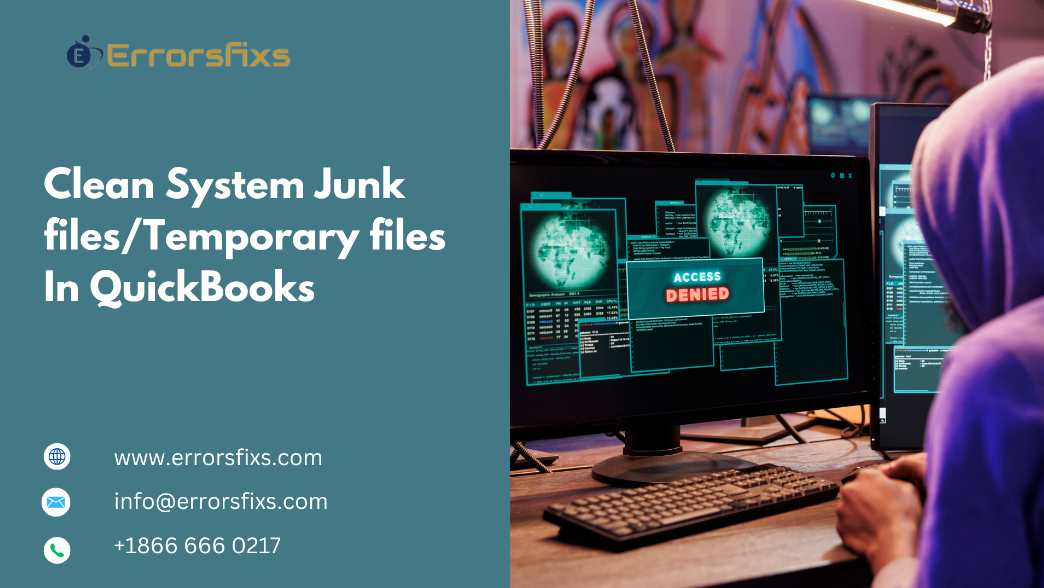
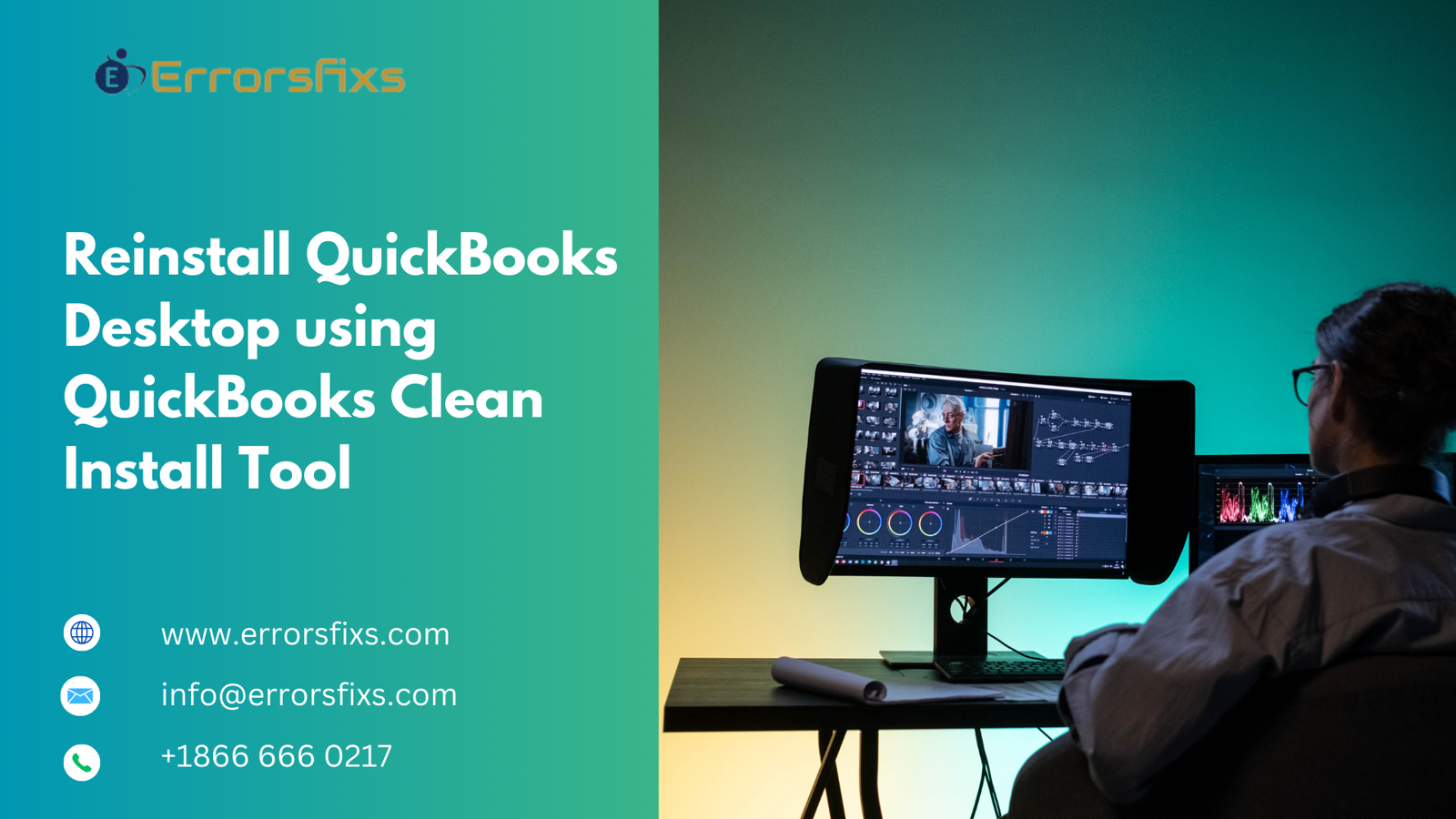
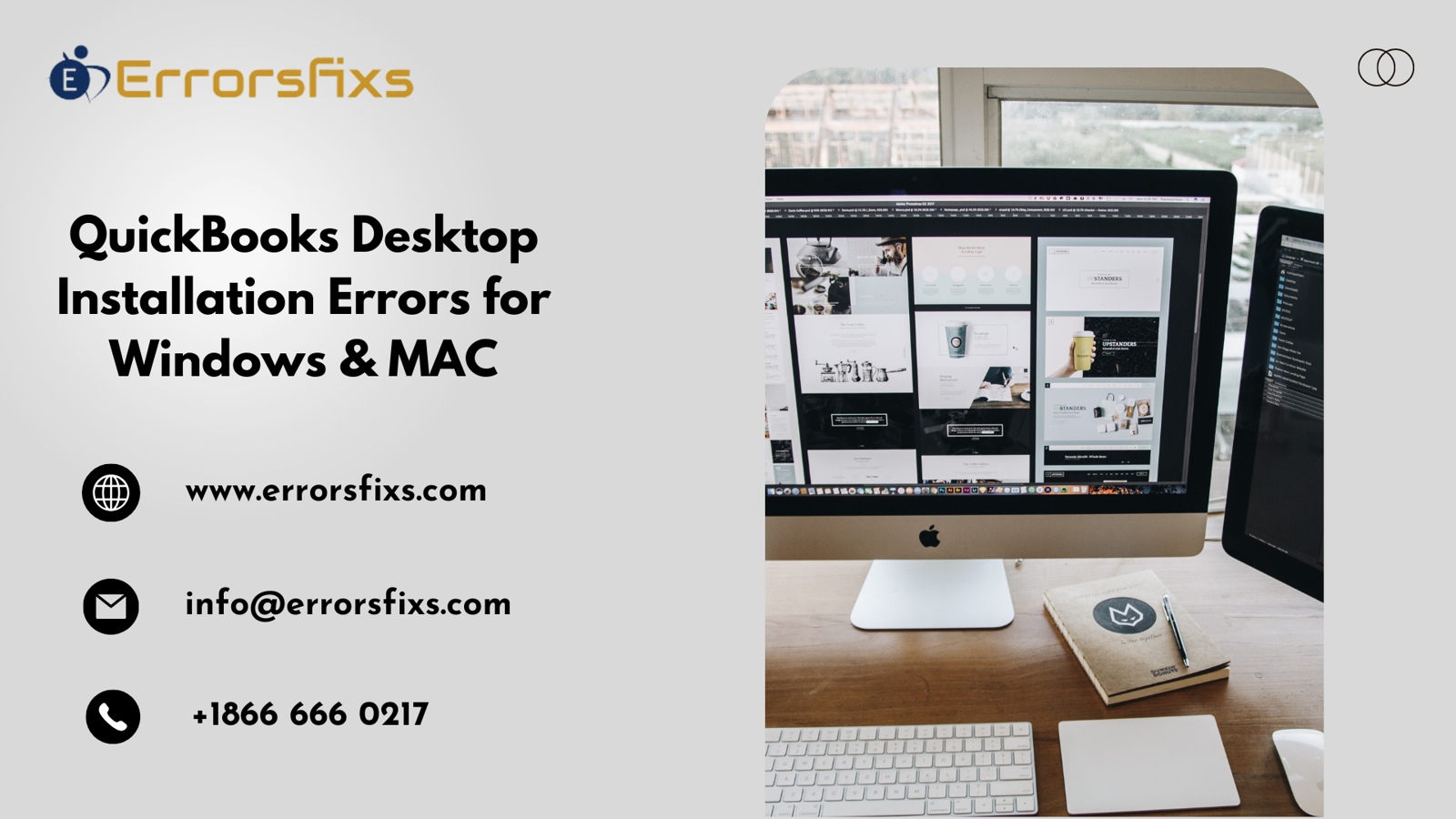
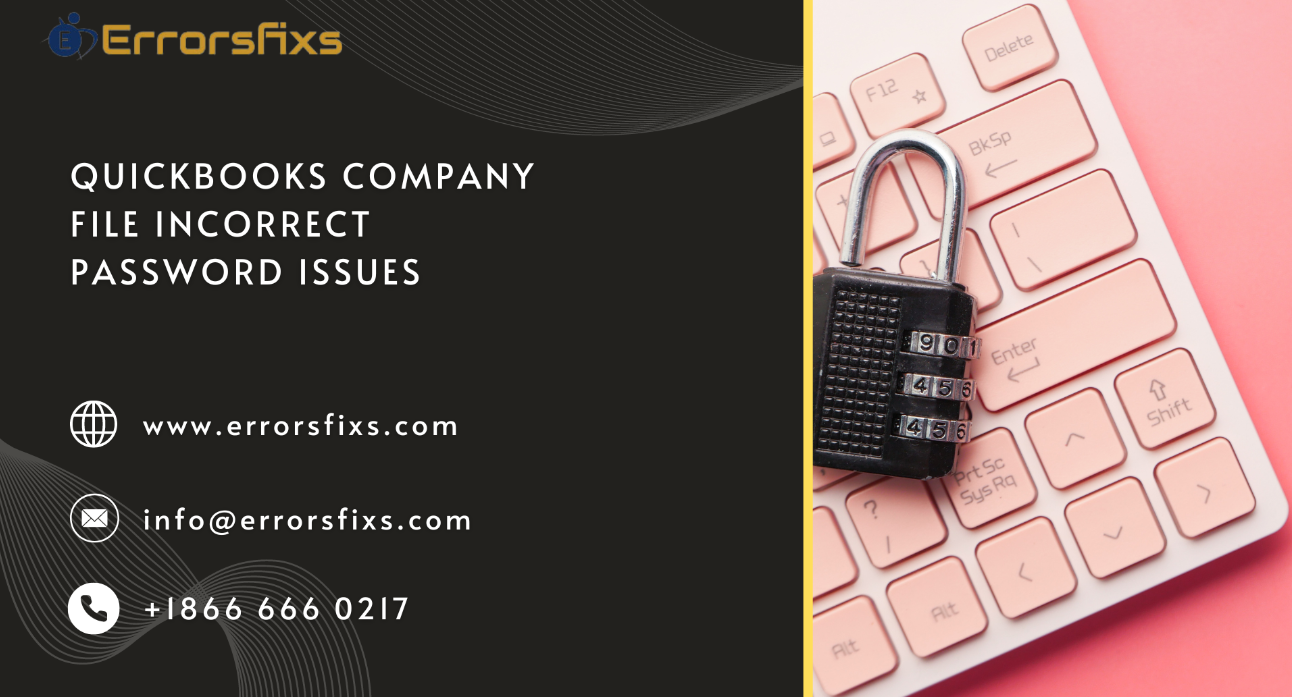
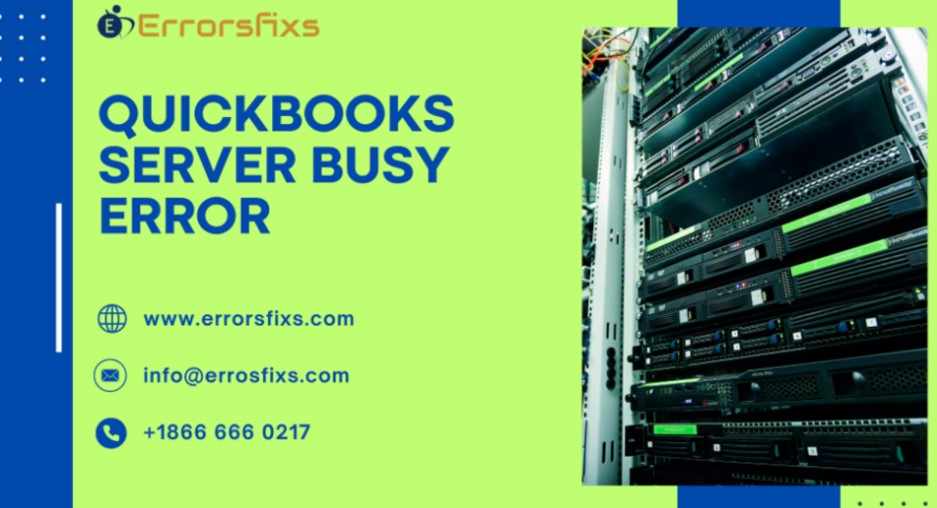











Write a comment ...